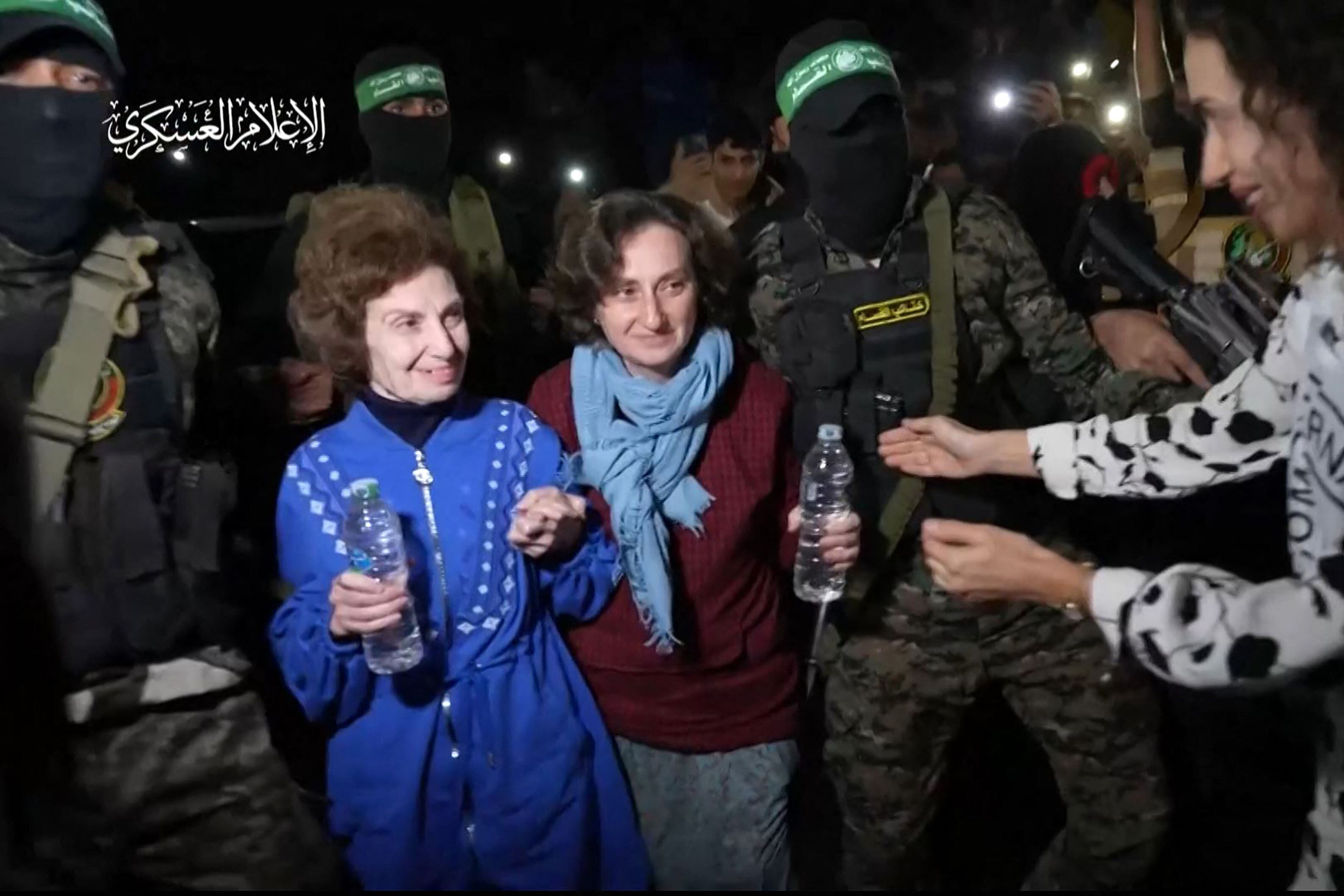The government of Israeli Prime MinisterBenjamin Netanyahu, rejected this Wednesday, 7th, the ceasefire proposal presented a day earlier by Hamas through mediators sent by Qatar and Egypt, guaranteeing that “there is no other solution than a complete and final victory” in reference to the war they have maintained since October 7, when the aforementioned Palestinian extremist organization perpetrated a series of terrorist attacks in the south of the Hebrew country.
TO LOOK: Netanyahu orders to “prepare” an offensive against Rafah, in southern Gaza
The Islamic proposal reached Netanyahu’s office and, according to a text released by Telegram, consisted of three stages in which the withdrawal of Israeli air forces from the populated areas of the Gaza Strip, the entry of more humanitarian aid to the Palestinian enclave and the beginning of reconstruction of hospitals and homes.
In view of this, the prime minister of the Hebrew state guaranteed that negotiations with Hamas “they are not going anywhere”and that its terms were“strangers”.
“There is no other solution than a complete and final victory“, said Netanyahu during a press conference in which he also announced that Hebrew forces are preparing to enter the city of Rafah, in the south of the Gaza Strip, where thousands of Palestinians arrived fleeing the incessant bombings in the north and central zone of the enclave .
“Prime Minister Netanyahu does not accept the deal and Israel will continue to put Hamas under heavy military pressure until it feels that strategic needs have been met.“, he comments The trade Israeli researcher and professor at the University of Haifa Ido Zelkovitz.
Netanyahu’s statementsThey don’t help much because there won’t be a ‘total victory’, there should have already been one. What exists is a death toll that continues to grow and there are no indications that Hamas will be completely defeated.”, points out internationalist Carlos Novoa.
Hamas’ proposal consisted of three stages. The first consisted of a 45-day pause in fighting, during which all Israeli women held hostage, men under 19, the elderly and the sick would be released.
In return, the Hebrew side would have to release three imprisoned women or children for each hostage returned.
Furthermore, Israeli forces had to withdraw from the populated areas of the strip and the construction of hospitals and refugee camps would begin.
Once this phase was completed, the second phase would move forward, in which the remaining hostages would be exchanged for more Palestinian prisoners and in which Israeli forces would have to completely abandon Gaza.
In the third phase, the bodies and remains of hostages and prisoners who died under the control of the opposing side would be exchanged.
To date, Israel estimates that Hamas still has more than 100 hostages under its control; In addition, it is believed that there are another 27 people who died during captivity.
Before Netanyahu’s response was known, the international press reported that US President Joe Biden had described “a little exaggerated” Offer from Hamas.
But the underlying question is: why would the Islamist group be willing to negotiate a ceasefire now? “Hamas proposes the truce because it is under intense pressure, both from the population of Gaza, which finds itself in the worst conditions since 1948, and from Qatar, which is trying to put the group on the ropes so that they sign the ceasefire and, thus, the emirate demonstrates that it can be important for this type of situation,” says Zelkovitz.
In the 123 days that the war between Israel and Hamas has lasted, it is estimated that more than 27,000 people have died in the Gaza Strip, a number that adds to the almost 1,300 Israelis who died on the Israeli side during the October war. 7 attacks. .
During all this time, the only truce achieved was a brief seven-day truce at the end of November last year that allowed the exchange of 110 hostages for 240 prisoners.

Furthermore, since the beginning of the conflict, the Israeli authorities have tirelessly repeated that it will only end with the total elimination of the Palestinian group.
“If Hamas survives in Gaza, it will only be a matter of time before the next massacre occurs.“, said Netanyahu this Wednesday, in a clear sign that this idea has not changed in the Hebrew government.
“From an Israeli point of view, Hamas cannot be allowed to regain any kind of power or participate in any political process, because otherwise it will inevitably perpetrate something as terrible as the October 7th attacks.”, confirms Zelkovitz.
Furthermore, Novoa considers that Netanyahu’s response responds to the immense pressure that hangs over his government and comes from two fronts.
“It must be taken into account that Netanyahu currently has two problems, one internal and one external. The external one is the prolongation of the war in Gaza that does not reach any conclusion because although the Hamas structure has been cracked, it has not been defeated. The other is an internal problem because there are still 100 hostages kidnapped in Gaza, there is pressure from family members and Israeli public opinion. From there, Netanyahu needs to deliver a strong blow that is not in line with what Hamas has offered.”, explains the analyst.
Source: Elcomercio
I am Jack Morton and I work in 24 News Recorder. I mostly cover world news and I have also authored 24 news recorder. I find this work highly interesting and it allows me to keep up with current events happening around the world.

:quality(75)/cloudfront-us-east-1.images.arcpublishing.com/elcomercio/ASXU5H2VJRC2JKAGDBQMTI7ETQ.jpg)


:quality(75)/cloudfront-us-east-1.images.arcpublishing.com/elcomercio/ZHQG22N7DJGETISDJ32DJFXDHA.jpg)
:quality(75)/cloudfront-us-east-1.images.arcpublishing.com/elcomercio/BZFMBA5SDVAMRGUHBICRLWLF3U.jpg)
:quality(75)/cloudfront-us-east-1.images.arcpublishing.com/elcomercio/IDWRY5YVTFCSZJBBSOUP5UX63M.jpg)
